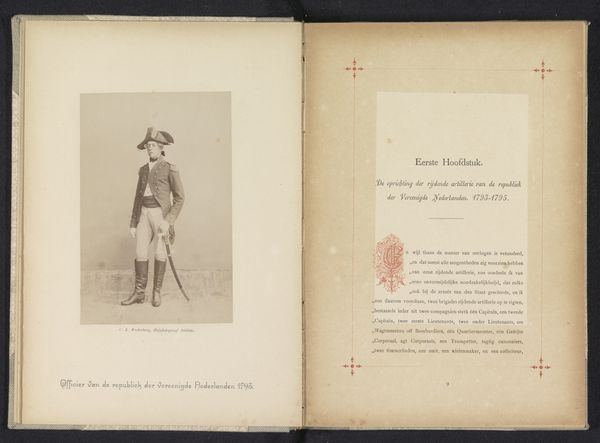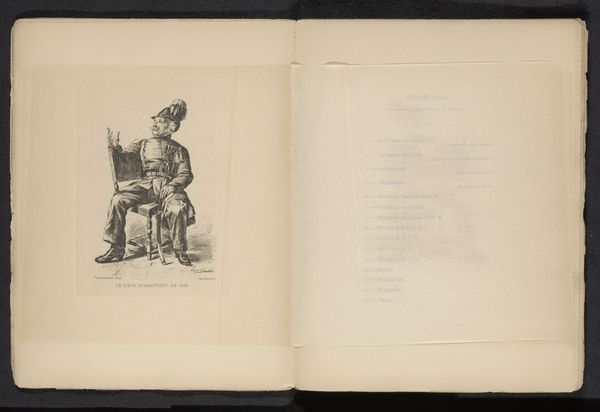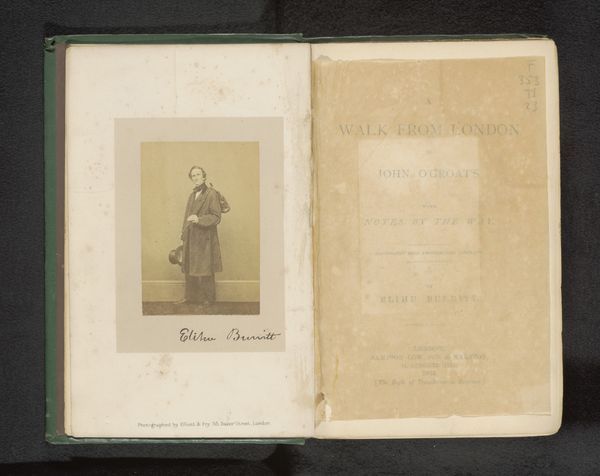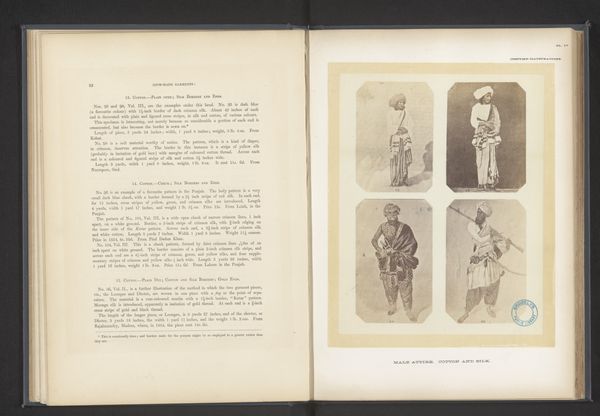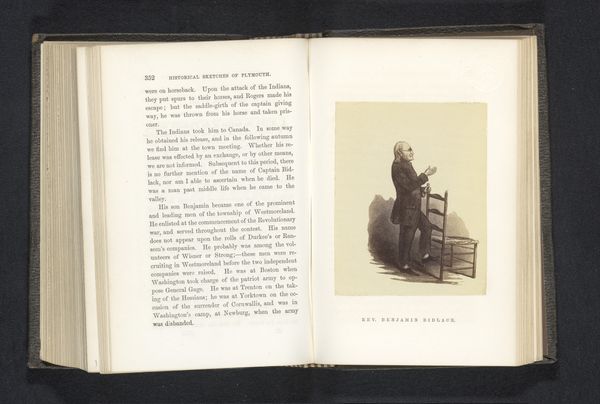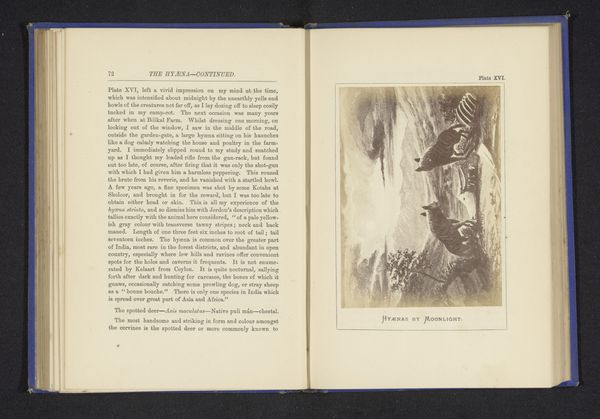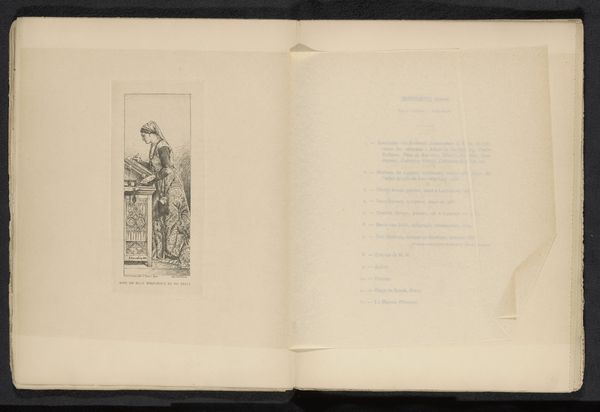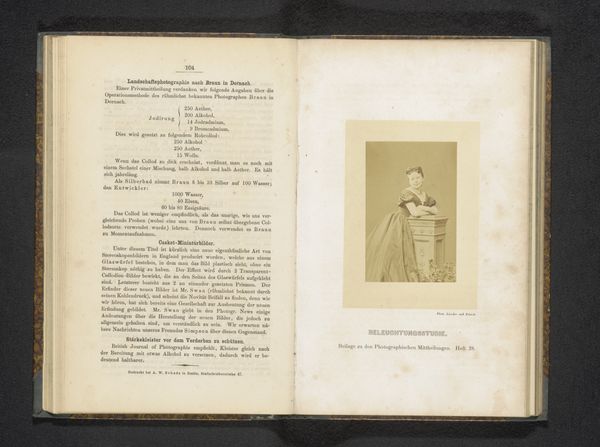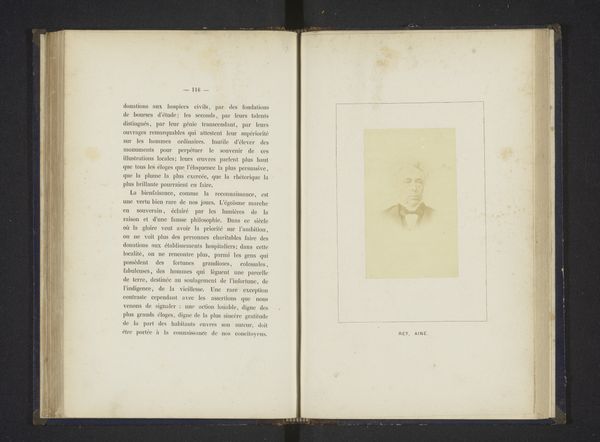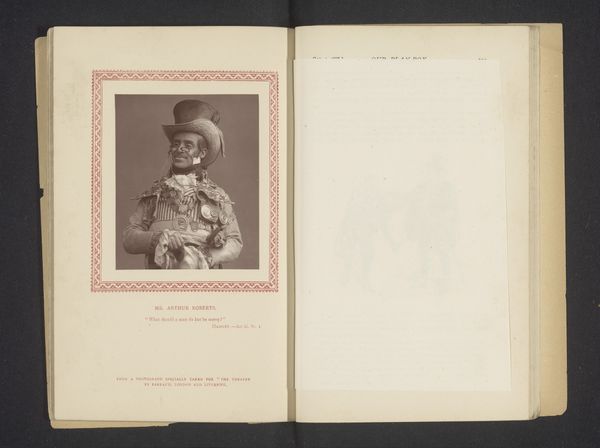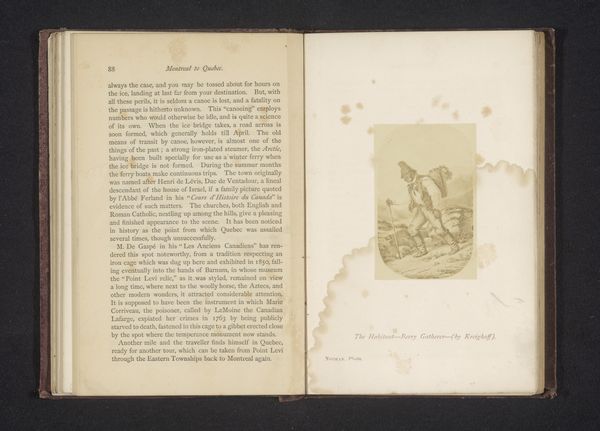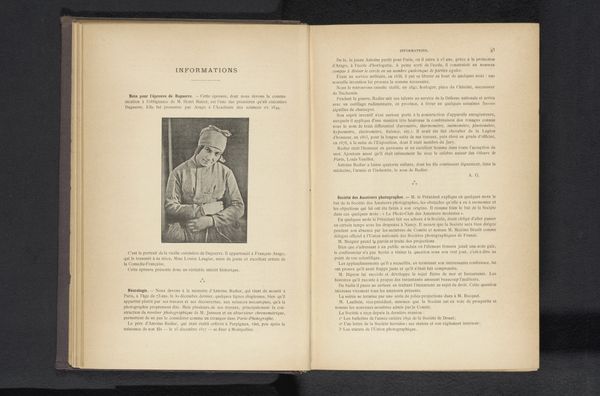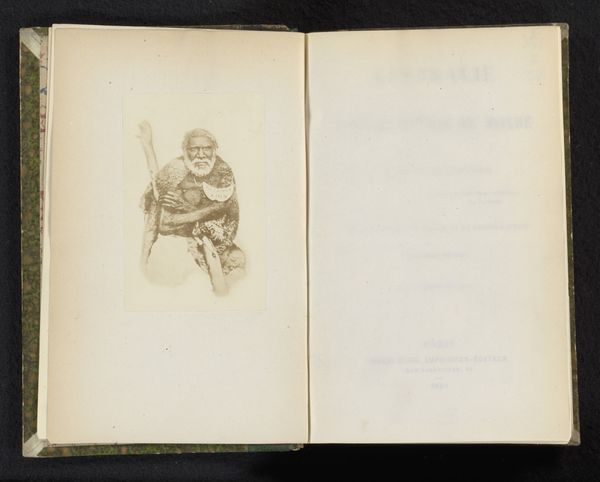
Portret van een onbekende man in het uniform van een kanonnier van het Korps Rijdende Artillerie tijdens de Bataafse republiek before 1893
0:00
0:00
print, photography
#
portrait
# print
#
photography
Dimensions: height 150 mm, width 99 mm
Copyright: Rijks Museum: Open Domain
Editor: This is a print, a photograph really, from before 1893 by Carel Eduard Westerborg, currently at the Rijksmuseum. It's called "Portret van een onbekende man in het uniform van een kanonnier van het Korps Rijdende Artillerie tijdens de Bataafse republiek"—or, a portrait of an unknown man in the uniform of an artilleryman during the Batavian Republic. He looks so formal, stiff even, standing there in his uniform. How do you interpret this work? Curator: The formality is certainly striking. Given the historical context, the Batavian Republic was a revolutionary period heavily influenced by France, promising ideals of liberty, equality, and fraternity. So, while this image presents an individual, it also speaks to larger political and social shifts. The artilleryman's uniform isn't merely clothing; it's a symbol of power, a declaration of allegiance to these new republican ideals. Editor: That makes sense. So the subject is an "unknown man", is that a statement about erasure or…? Curator: It is a curious paradox. The anonymity can be read in multiple ways. Does the portrait amplify the ideals, or make this everyman anonymous to serve the new nation? How might class play a role here, given the revolution's promises? Perhaps what’s not shown, the context and stories *around* this image, becomes crucial. Editor: Wow, so you're saying the print highlights revolutionary change but, maybe unconsciously, also obscures individual identity. Are there parallels to contemporary issues of power and representation? Curator: Precisely! And in today's conversations around identity, the act of representing an individual within a power structure raises crucial questions. Who gets seen? Who remains unknown? By recognizing these tensions, we can activate art historical knowledge in addressing urgent sociopolitical matters. What do you take away from this new reading? Editor: This conversation’s helped me appreciate how art, even historical portraits, reflects these underlying questions of identity, representation, and power that are still so relevant today. Curator: And how thinking about that critically helps us better understand not just the past, but our present as well.
Comments
No comments
Be the first to comment and join the conversation on the ultimate creative platform.
